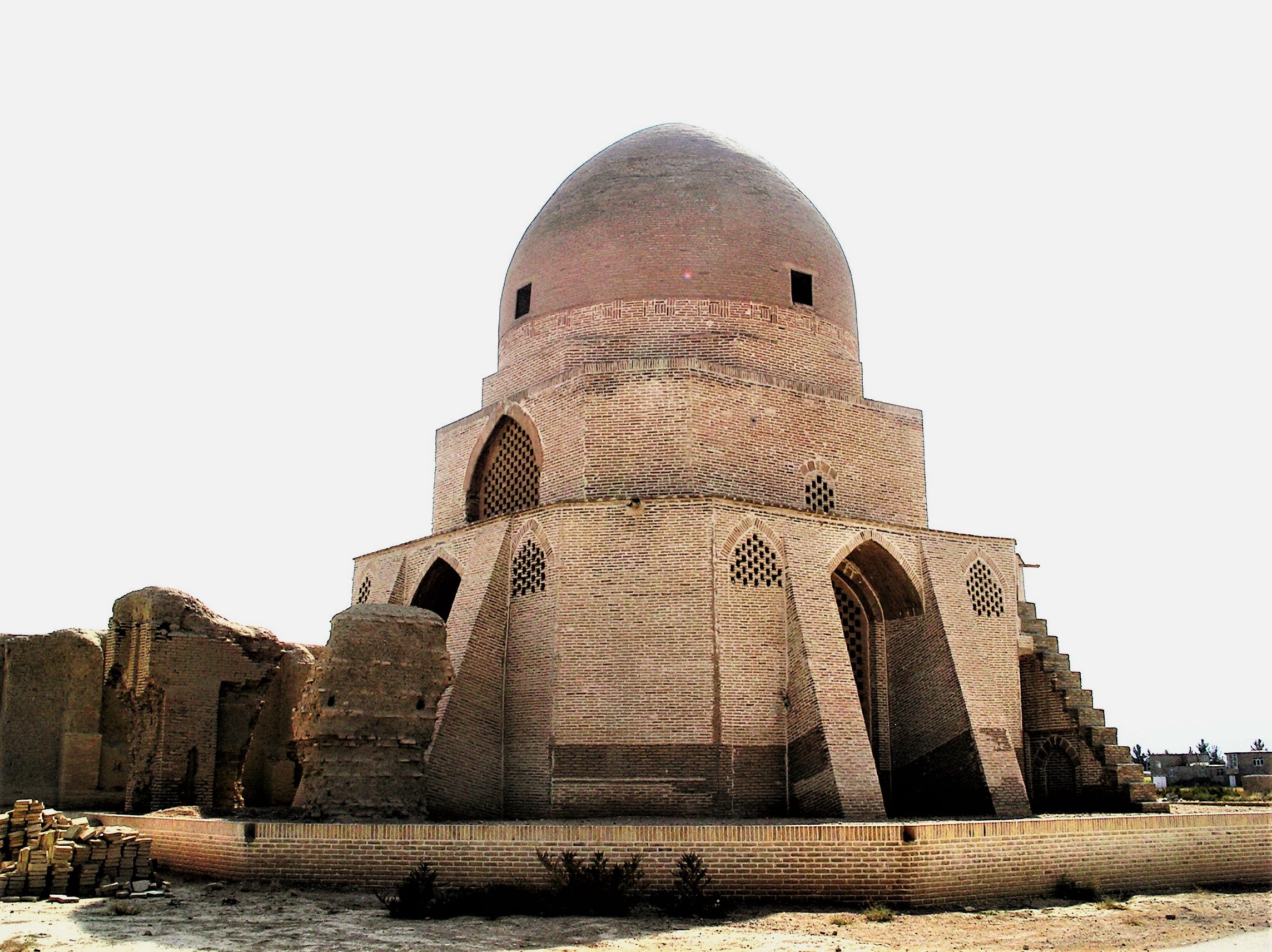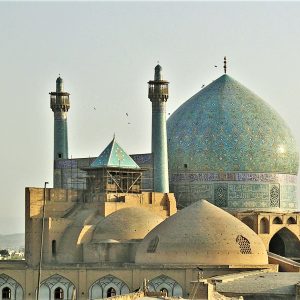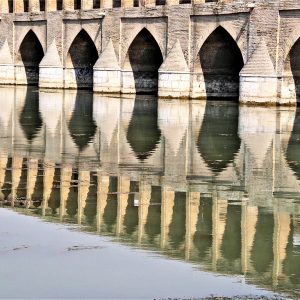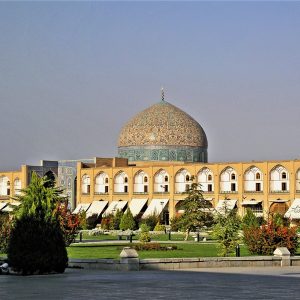Seljuk Architecture,Iran
The Seljuk, a Turkic dynasty of Central Asian nomadic origins came to rule Iran between the 10th to the end of the 12th century CE. Under the Seljuk rule, Persia gained a period of economic and cultural prosperity. The innovative techniques of the Seljuk period and style of architecture had a strong influence on later artistic developments. Seljuk art is a fusion of Persian, Islamic, and Central Asian (Turkic) elements, and brick building masonry is probably the most eminent feature of the Seljuk contribution to Islamic Art and Architecture.
Since the 10th century CE, decorative brickwork has developed both as the actual construction material with bonds and secondly as decorative revetments both entirely based on perfect geometry. With bonds, standard-shaped bricks are laid out in modular geometric patterns, whereas with revetments, the bricks are re-cut to fit into a unique design layout for each use.
In the Seljuk architectural period, all buildings used brick, including caravanserais, water storages, royal monuments, public buildings, mosques, tomb towers Bricks were used in amazing variety of geometric designs as facings for these monuments, integrally combined with the brick skeleton of the building itself. The use of brick and stucco elements as material and as part of the decoration is the most important indicators of Seljuk style especially in Qazvin.
Architects in the Seljuk found new ways of decorations of the building with putting together plaster and brick, while incorporating artistic features and applicable properties of these two materials.
Prints : Available as Giclee print on finest quality paper or canvas. International shipment
Sizes available: 8 x 12″(203 x 305 mm); 12 x 16″(305 x 410mm); 18 x 24″(457 x 610 mm); 24 x 32″ (610 x 813mm)
For list of prices, details of paper or canvas and pigments used, please get in touch via contact form



